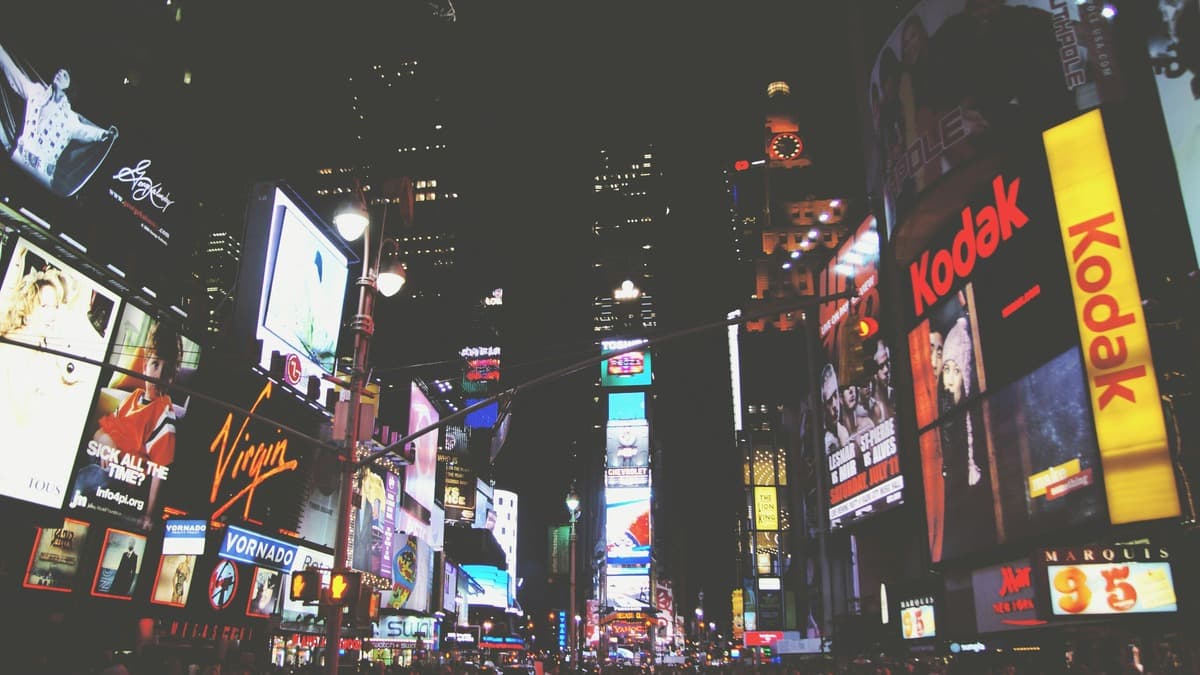Meta’s recent announcement of AI-powered ad creation tools has sparked debate within the industry.
While the company aims to streamline the advertising process, experts argue that these tools may undermine the authenticity and effectiveness of ad campaigns. As the user-generated content (UGC) market continues to grow, businesses are increasingly turning to real people to connect with their audience. Meta recently introduced new AI-powered ad tools at Advertising Week, including video border expansion and background replacement for ads. While the announcement reflects the growing role of AI in digital advertising, many experts are questioning whether these tools genuinely meet the industry’s demand for authenticity, particularly as User Generated Content (UGC) continues to dominate consumer engagement.
Meta’s latest AI offerings arrive amid a wave of new tech-driven ad solutions. Amazon launched a similar AI tool to create ad videos from product photos, and TikTok recently introduced “Symphony,” which uses AI-generated avatars. However, experts believe these tools fall short of industry needs.
“These features aren’t revolutionary; they don’t solve the real challenges faced by e-commerce businesses,” said Simona Vasytė, CEO of AI solutions provider Perfection42. “The focus should be on UGC, which drives revenue by resonating authentically with consumers. AI developers should be creating tools that amplify creators’ content, not replace it.”
Studies show that UGC drives 29% higher web conversions than campaigns without it, and a Stackla survey revealed that 79% of consumers feel UGC significantly influences their purchasing decisions—well above branded or influencer content. Meanwhile, the UGC market is projected to grow by an impressive 29.4% annually, expected to reach $32.6 billion by 2028.
The rise of UGC
User-generated content has emerged as a powerful tool for brands to engage with their audience. Studies have shown that UGC can significantly impact purchasing decisions, with 79% of people citing it as a major influence. By leveraging real people’s experiences and testimonials, brands can build trust and credibility.
The limitations of AI-generated ads
While AI-powered ad tools can generate visually appealing content, they often lack the authenticity and emotional impact of UGC. AI-generated ads can come across as generic and impersonal, failing to resonate with consumers. Moreover, as AI technology becomes more sophisticated, there is a risk of creating content that is indistinguishable from human-generated content, potentially eroding trust and transparency.
Rather than replacing human creativity, AI should be used to enhance it. By leveraging AI to analyze consumer behavior and preferences, brands can create more targeted and effective UGC campaigns. Additionally, AI can be used to streamline the UGC production process, making it more efficient and cost-effective.
Amid this growth, some AI tools are emerging to support UGC’s potential. Arcads, for instance, allows users to submit their profiles and license their images for ad use, leveraging AI lip-syncing and voice generation to tailor content. Yet, Vasytė cautions that these tools risk diluting the authenticity of UGC.
“AI-driven avatars and synthetic voices lack the organic feel that consumers trust. There’s a real risk that AI could ultimately undermine UGC if it replaces authentic creators rather than enhancing their work,” Vasytė noted. “Consumers see through AI-generated personas, which impacts engagement and trust.”
To address the increasing demand for authentic content, new AI solutions are focusing on enhancing UGC rather than replacing it. Image-to-video technology, for example, transforms static images into animations, preserving the core elements of UGC while creating dynamic, video-like content.
“As AI advances, our priority is on refining tools that enhance creators’ work without overshadowing it,” Vasytė said. “Image-to-video animations let brands maintain UGC’s appeal while delivering engaging content that lifts engagement metrics and often results in higher click-through rates and conversions.”
The demand for authentic, relatable advertising shows no signs of slowing down, particularly as UGC becomes more integral to brand-consumer connections. As North America, Asia-Pacific, and EMEA markets lead UGC’s global expansion, experts agree that AI’s future in advertising lies in tools that support—not replace—genuine creator content.
Keep up to date with our stories on LinkedIn, Twitter, Facebook and Instagram.

